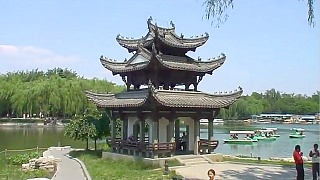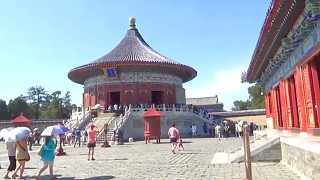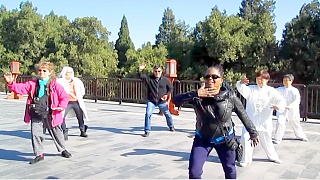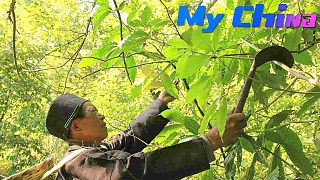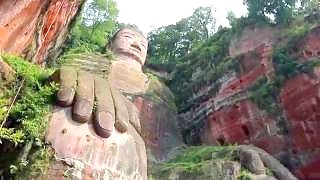Chinese Medicine In all its forms, Chinese medicine is holistic - it considers the whole body (and mind). It sees diseases as symptoms of lack of balance in some aspect of the whole and seeks to bring the body back to harmony. Indeed, the word dis-ease simply means 'not at ease'. When the father of western medicine, Hippocrates, declared 'Let food be your medicine', he was very much in line with Chinese thinking. However, science, with its focus on reductionist logic, has led to a reliance on drugs which are intended to be direct fixes but which actually often further disturb the body's carefully balanced systems producing side effects. Further, drug-based medicine often addresses only symptoms and not underlying causes. Exercise In China, exercise is everywhere - an important part of Chinese culture through the philosophical foundations of Chinese thought that emphasise the harmony of body and mind. Hence, exercise is not just exercise in the western sense, often it involves a spiritual or mental side as in the martial arts and QiGong. Balance (control) and suppleness are prized as much, if not more, than strength and stamina. This is seen beautifully in Chinese acrobatics. The primary concept in the spiritual / mental dimension to native Chinese exercises is to achieve harmony of one's Qi. Qi is the flow of energy or life-force in the body, heaven and all living things - an ancient Taoist notion. Schoolchildren, and many workers, begin the day with 15 minutes of exercise. Ping Pong Although the name sounds Chinese, 'Ping Pong' probably was coined because of the sound the ball makes when hit near and far (by oneself and your opponent). The exact origins are obscure but Ping Pong (Table Tennis) has been popular across the world, especially so in China, Japan and Korea. China has had great success internationally at Ping Pong but it is its popularity among ordinary people that has given it a place in Chinese Culture. Ping Pong tables are commonly found in parks and other outdoor spaces. If you stop to have a look you may well be invited to a game!
Related Videos
Featured Videos

|
上海黄浦江水岸春日漫步-欣赏从东岸到外滩的城市天际线
With Wei's Travel ...
Plus :
|

|
Capital of JiangSu province.
|
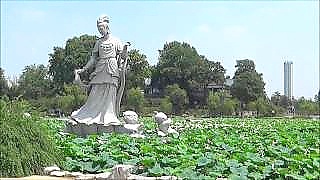
|
Based around a large lake with a perimeter of 15 kilometers. In JiangSu province.
|

|
|

|

|
With CN Walking ...
|

|
With ...
|

|
Including a great song ...
|
 An Introduction to Chinese Medicine and Exercise
An Introduction to Chinese Medicine and Exercise![The first film is from the CCTV Spring Festival Gala 2013, with singer Na Ying. The song : [Because of You, My Life is] A Warm Spring With Blooming Flowers. In 2015, the Spring Festival (Chinese New Year) runs from the 19th to the 25th February. The second is from China`s National Games Opening Ceremony in 2009. The song is Like A Dream. The third film features the music `Legend of Chinese Mountains` and is about the five sacred mountains of China and the Chinese love of nature and balance with nature. Fourth is `Your Collar`, a romantic song from the imperial music of the Han Dynasty. Fifth song is `A Nation of Greatness and Courtesy` and is about the Chinese character of virtue and friendship. Greatness in Chinese thinking is virtue; all three core Chinese philosophies - Taoism, Buddhism and Confucianism - stress that strength and happiness (well-being) lies in balance, not power (dominance). The last film features music from a documentary about the DaMing Palace (DaMing Gong) of the Tang Dynasty, at the heart of the dynasty`s capital Chang`An (which means `eternal peace`). The palace area is a little north east of the city of Xi`An in ShaanXi province. A selection of traditional Chinese music and song ...](https://img.youtube.com/vi/UP5CvZlNOKI/mqdefault.jpg)

![How to pronounce the four tones and speak PinYin correctly. With Qing Xia . . . [videogallery type=playlist id=PLn996NprGoEI-rbWdpRlX-yuZoQ5ERZl2 columns=2] Learn to speak Chinese from zero](https://www.beijingbuzzz.com/b101.jpg)

